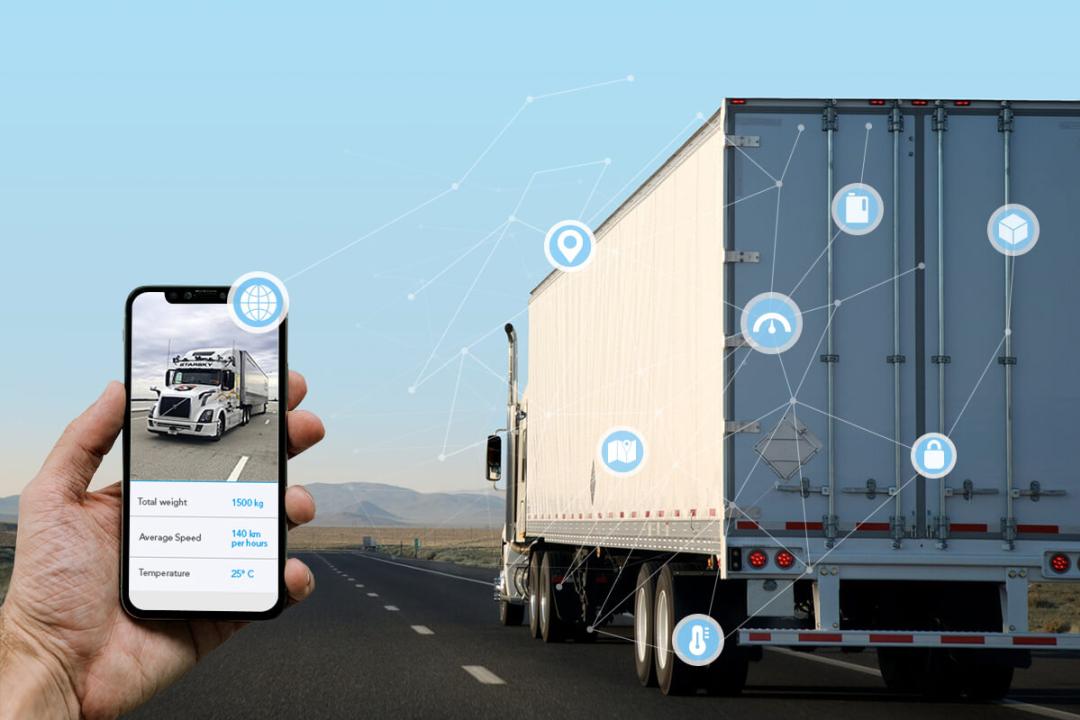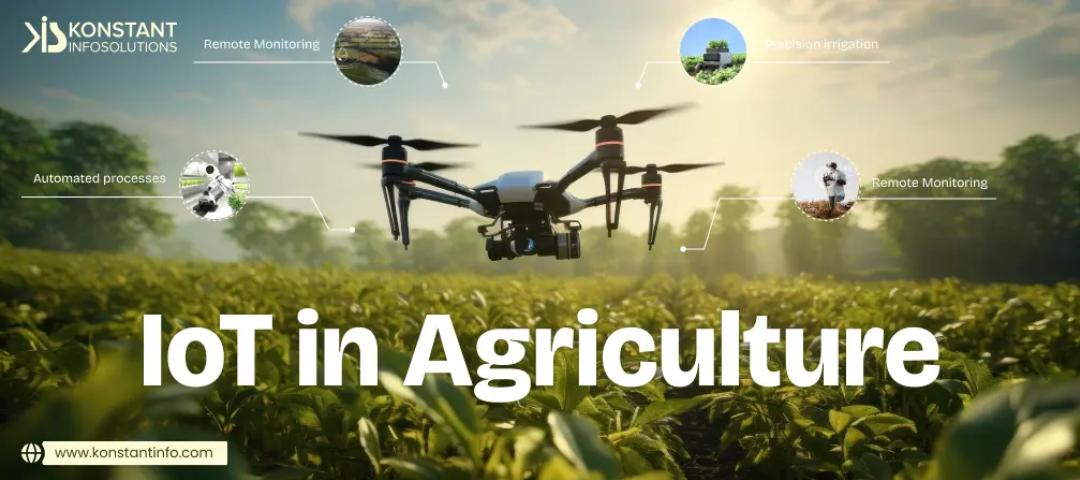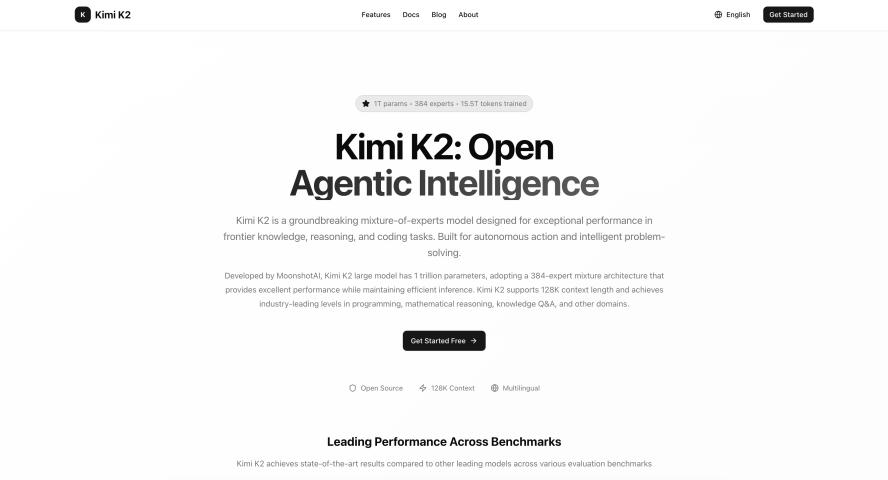Fleet management has always been a
critical component of the transportation sector, ensuring that vehicles are
properly maintained, routes are optimized, and operations run smoothly. With
the advent of IoT, fleet management has entered a new era of efficiency and
innovation.
1.
Real-time Vehicle Tracking
IoT-powered GPS systems allow fleet managers
to track the location of each vehicle in real time. This is especially useful
for logistics companies, where timely deliveries are crucial. By knowing the
exact location of a vehicle, managers can provide customers with accurate
delivery estimates, reroute vehicles to avoid traffic congestion, and ensure
that drivers follow their assigned routes.
Real-time tracking also helps
improve fleet security. If a vehicle is stolen or deviates from its planned
route, fleet managers can take immediate action by notifying authorities or
rerouting other vehicles to cover the delivery.
2.
Fuel Efficiency and Cost Savings
Fuel consumption is one of the
largest operational costs for fleet managers. IoT
in Transportation technology
helps reduce these costs by monitoring fuel usage and optimizing routes.
IoT-enabled vehicles can collect data on fuel consumption, driving speed, and
idling time, allowing fleet managers to identify inefficiencies and take
corrective actions.
For example, by analyzing data on
driving patterns, managers can provide drivers with feedback on how to reduce
fuel consumption, such as avoiding excessive idling or aggressive acceleration.
Additionally, IoT systems can recommend the most fuel-efficient routes based on
real-time traffic data, further reducing fuel costs and emissions.
3.
Monitoring Driver Behavior
Driver behavior plays a significant
role in the overall efficiency and safety of fleet operations. IoT devices can
monitor various aspects of driver performance, including speed, braking
patterns, and adherence to traffic rules. This data can be used to assess
driver performance and identify areas for improvement.
By monitoring driver behavior, fleet
managers can implement driver training programs to promote safer driving
habits, reduce accident rates, and lower insurance costs. In addition, IoT
systems can send real-time alerts to drivers if they engage in unsafe
behaviors, such as speeding or harsh braking, allowing for immediate corrective
action.
4.
Predictive Maintenance and Reduced Downtime
Maintaining a fleet of vehicles can
be a costly and time-consuming task, especially when unscheduled repairs lead
to vehicle downtime.
Get More Insights on IoT
in Transportation
Missing comfort of reading report in your local language?
Find your preferred language :













